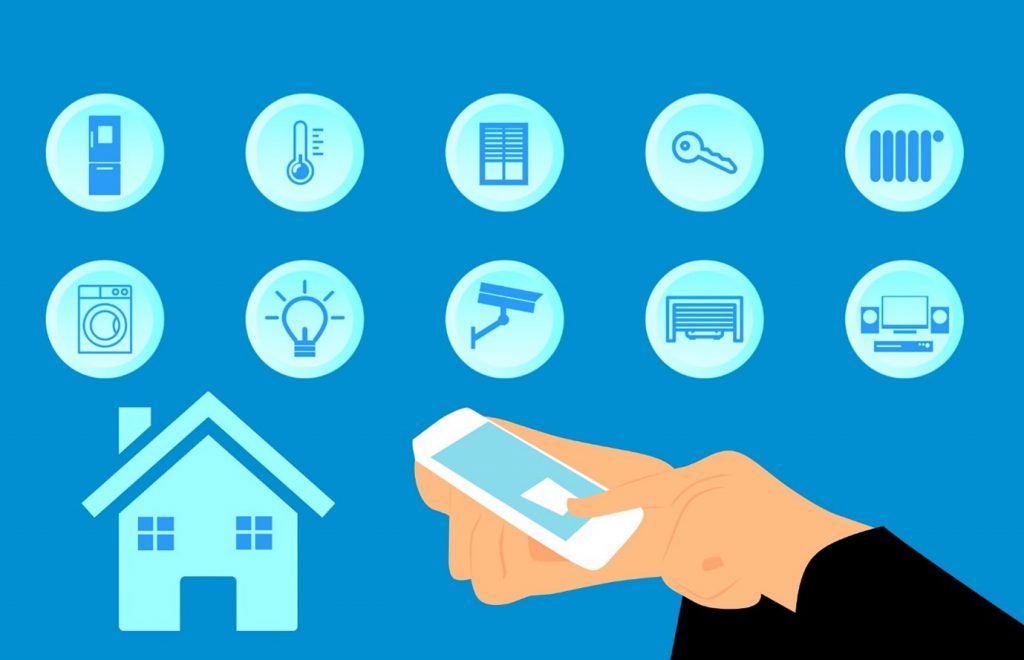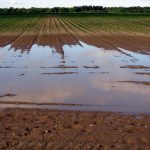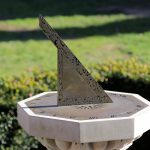This is the age of electronic gadgets – mobile phones, home automation, tablets, GPS navigation etc. Are all these types of gadgets necessary or even useful? Many people rely on GPS navigation and consider that essential but what about a Bluetooth hairbrush or a pillow with buttons for the remote control of the TV?
There is no area of our lives where some form of gadget and automation is not available. Consider irrigation – finally, those conventional irrigation controllers with confusing knobs and dials are being superseded with advanced screen-based controllers. Advanced systems, such as the Easy Irrigation Control System, enable you to control all your irrigation requirements via mobile phones and tablets (a must have feature). Most controllers can schedule waterings at fixed times, but many are limited in the number of scheduled waterings possible. This is an issue as it severely limits the automation process. It would be great if we could automate the entire irrigation process, but is this achievable?
At first thought it looks like installing moisture sensors and systems that are controlled based on weather forecasts is the answer. Unfortunately, things are more complicated. Who would place a significant bet on rain occurring at a given time and in the right amount for your garden? If a scheduled watering were prevented on the assumption that rain would occur, then your prize seedlings might die! What if a moisture sensor automatically turned on the sprinklers when you were standing there, or a scheduled watering started just after heavy rain? In these cases, plants might suffer from overwatering or underwatering. So “automation” via weather forecasts is not achievable.
The effective and cost-effective control of your irrigation is a combination of your manual control and maybe a rain sensor. A rain senor is a cheap device that when wet (and the amount of “wetness” can be set) will prevent waterings. In some council areas a rain sensor is mandated.
Secondly, manual control and advanced scheduling is the answer. Setting up different schedules maximizes the efficiency of your garden watering and can be close to full automation. In a hot summer you could schedule the lawn to be watered every second day but in winter or rainy periods only once a week or less would be required. Furthermore, you would need to be able to simply delete a scheduled watering if it were raining or about to rain. Stopping a scheduled watering but not removing the rest of the schedule is not possible with most controllers and this is very frustrating. Even after rain, a “top up” shorter watering may be useful. The Easy Irrigation controller enables this flexibility, but most irrigation controllers do not.
For more information see www.easyirrigation.com.au




